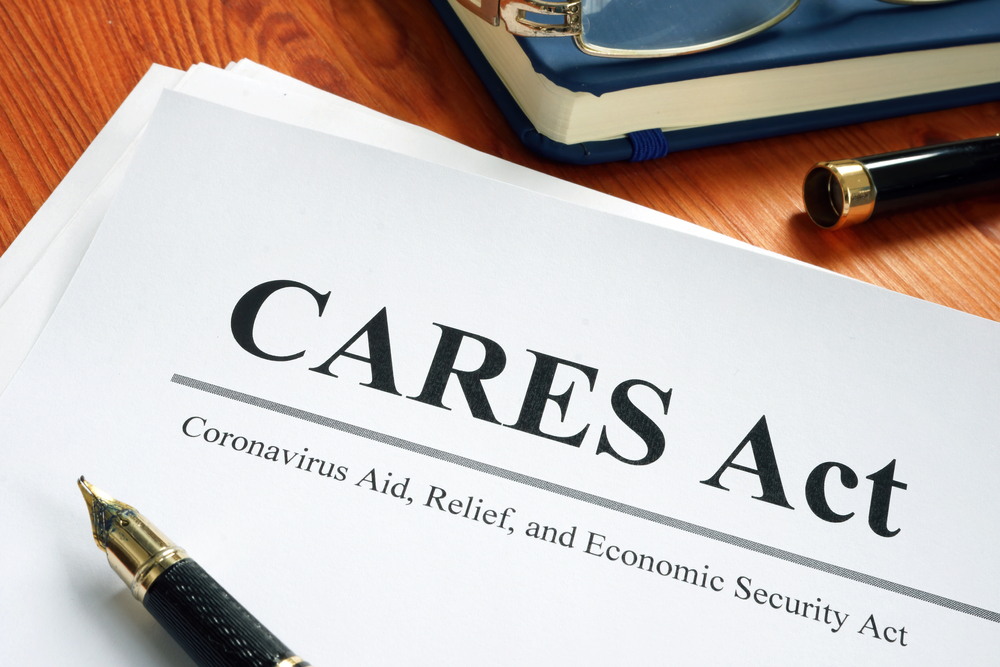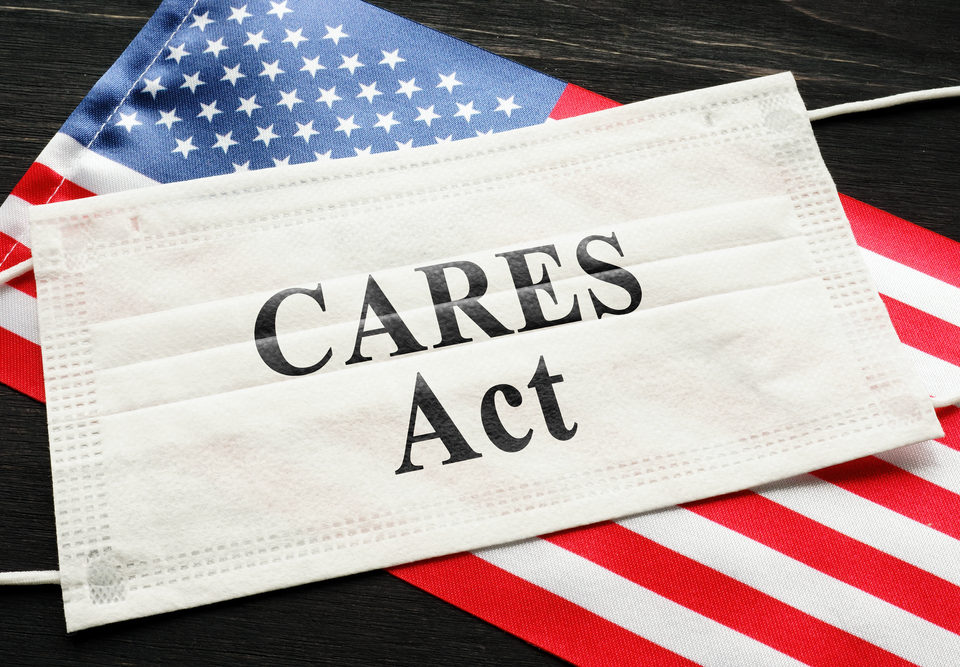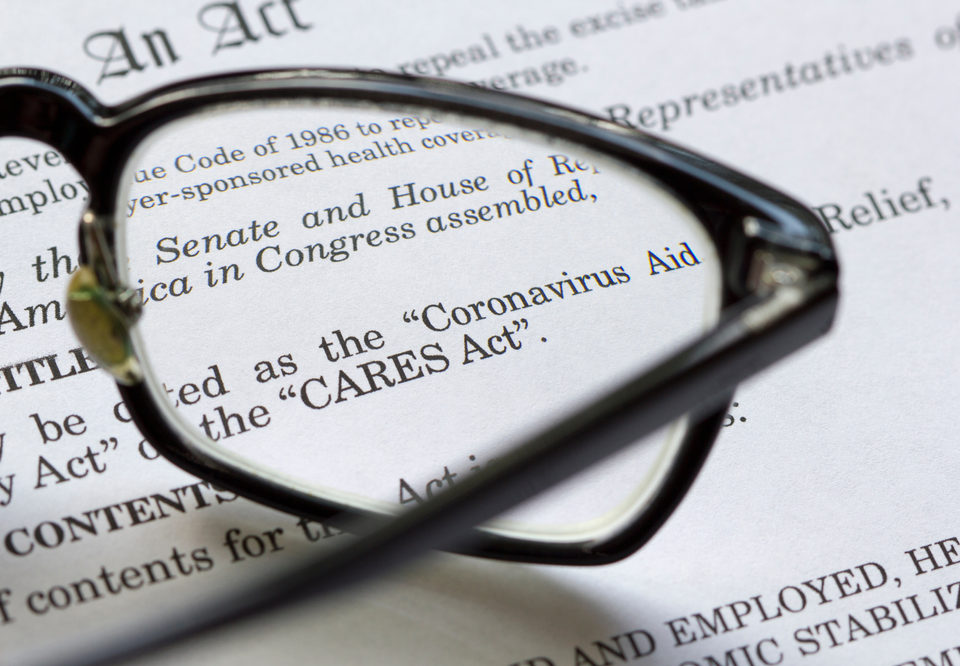
Where Can I Spend My CARES Act Funding?
October 25, 2020
A Guide to User Behavior Analytics
November 6, 2020What is the CARES Act Provider Relief Fund?

Where Can I Spend My CARES Act Funding?
How is the CARES Act Supporting Small Businesses?
What is the Deadline for CARES Act Funding?
The U.S. Department of Health and Human Services (HSS) was created to improve the health of all Americans, a goal which it accomplishes in a variety of unique ways. Recently, however, the Department has focused largely on assisting those affected by COVID-19, including and especially those who work in the healthcare industry. It does so by distributing large amounts of money to both hospitals and various healthcare providers who are assisting during the pandemic.
In fact, the HSS worked to develop the Coronavirus Aid, Relief, and Economic Security (CARES) Act specifically to help healthcare providers via the Provider Relief Fund. In order to qualify for assistance through this act, you must be deemed a “qualified” provider of healthcare. If you do qualify, you may be eligible to receive monetary support for healthcare expenses or lost revenue related to the pandemic. Even better, these funds do not have to be paid back and are essentially a “gift” and a “thank you” to healthcare providers from the United States government.
Do You Qualify?
In order to successfully apply for relief via this act, you will first need to determine eligibility. Generally, if you were eligible for a prior Provider Relief Fund distribution, you will qualify. However, healthcare providers who have never applied for or received any such funds may still be eligible in 2020, even if they were not approved for distributions in the past.
In fact, if you can meet at least four of the below qualifications, in addition to a few more basic qualifications, there’s a good chance that you are eligible for relief:
- You have either billed Medicaid, Medicaid managed care plans, or CHIP programs for your services during the period of January 2018 to March 2020
- You were deemed a licensed dental service provider as of March 31 of this year, do not accept insurance, and have billed patients for your services
- You have billed an insurance company for oral healthcare services as of the above date
- You have billed Medicare fee-for-service between January of 2019 and March of 2020
- You are a licensed or certified assisted living facility and had achieved your status by March 31, 2020
- You are a behavioral health provider on March 31, 2020 who does not take insurance or who has billed patients, or alternately, who has billed health insurance companies
- You’re a Medicare Part A provider with a CMS approved change in ownership that occurred before August 10, 2020
- You have received a previous targeted distribution
In addition to at least four of the above qualifiers, you must also have filed your federal income tax return for the past three years, providing you were in operation prior to January 1, 2020. Individuals in operation before this date will also need to have earned gross receipts or sales directly related to patient care and reported them on their taxes.
If your operations began after that day, you need to have either filed quarterly tax returns for 2020 or be exempt from having to do so. You also need to have not permanently ceased providing healthcare services and to have provided care after January 31 of 2020.
How to Apply
If you feel confident that you qualify for relief via the CARES Act, then your next step is to apply. In order to do so, you will need to have your Tax ID Number (TIN) available. You can validate your TIN on the official HSS portal.
Once you have successfully submitted your application, you will either be approved and have a payment amount calculated for you based on varying factors or denied.
Generally, the CARES Act attempts to provide relief to those who have been the most severely affected by the pandemic and who have suffered changes in revenue and/or increased expenses as a result. However, prior PRF distributions and their amounts are considered when determining the payment amount a healthcare provider will receive.
Final Steps
If you are approved for a payment, you will need to use the same portal that you used to apply in order to accept or reject your payment, which you must do within 90 days.
If you accept your payment, depending on how much you receive and various other factors, certain reporting requirements may apply to you.
It is important to honor all of these requirements, as well as all terms and conditions related to PRF payments. Doing so may increase the chances of continuing help for others, as well as your own continued eligibility.




